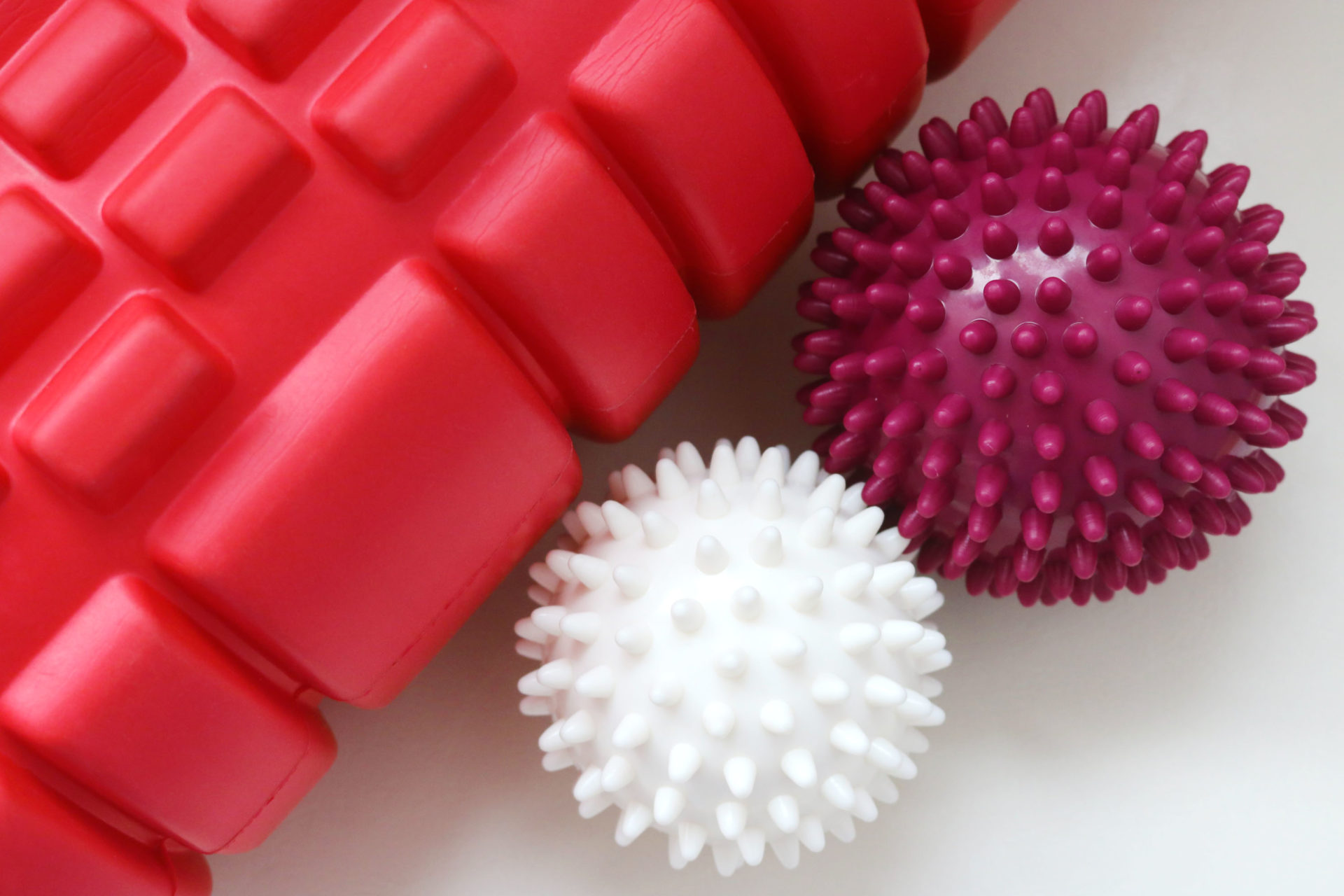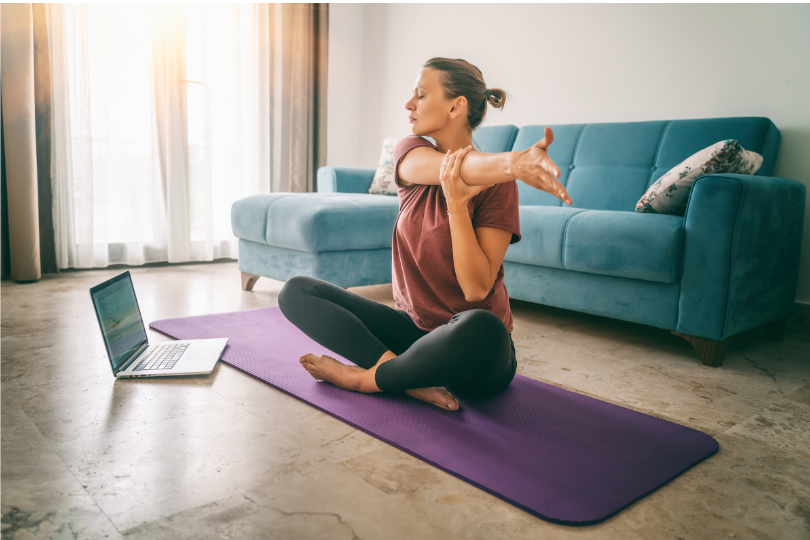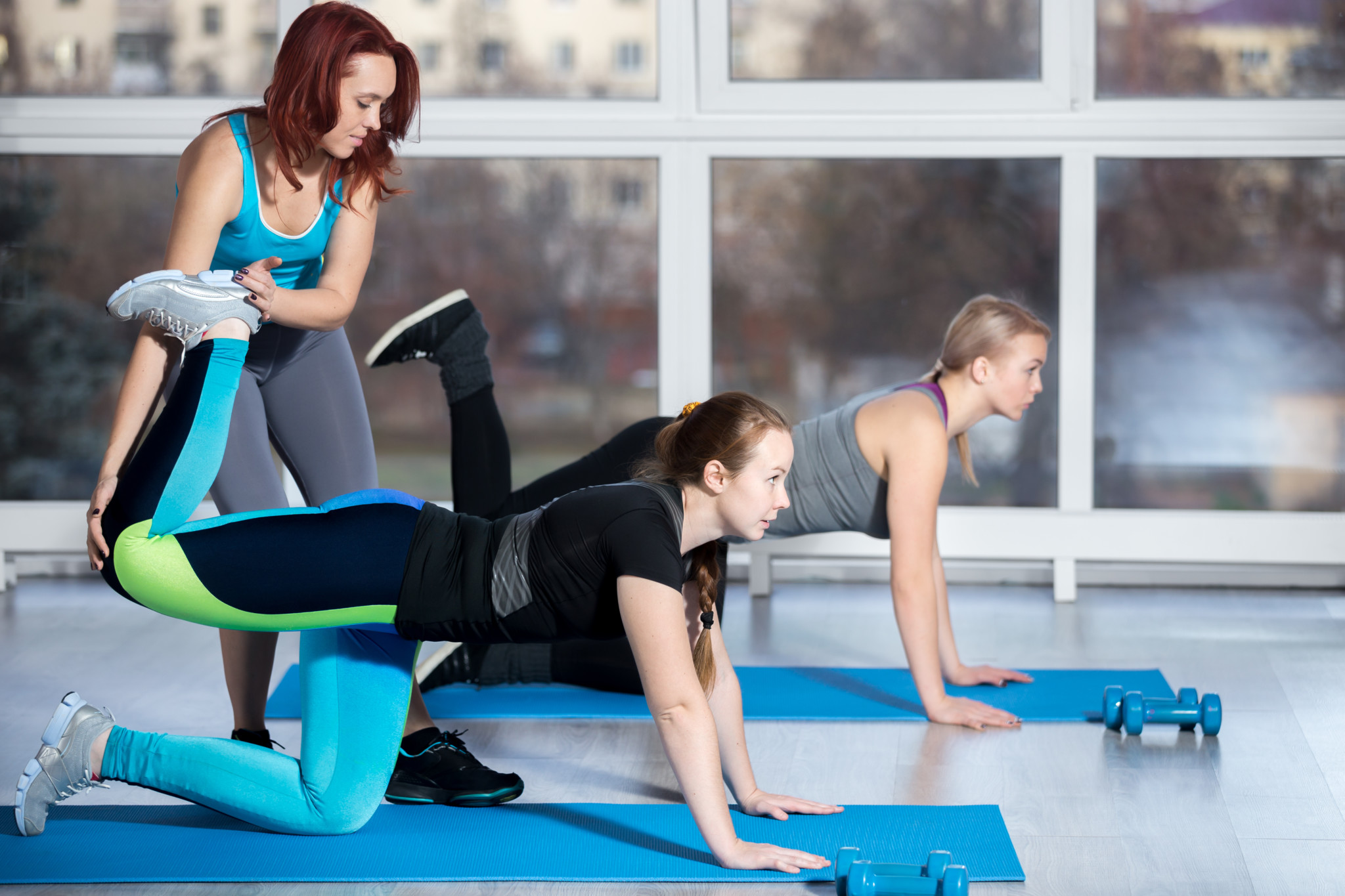Does mobility matter? The short answer is yes.
Mobility is the capacity to move a joint with ease and control through it’s full range, and unfortunately, it’s not a skill that enough of us have.
Do you get to the end of the working week and you’re dying to lie down because of an aching back, neck or hips? Or, after reaching the end of your weekly exercise program do your muscles feel tight and stiff? This could be a lack of mobility.

Benefits of mobility
Being mobile is key no matter what your exercise goal. It means your body can produce force throughout its full range of motion. If you are an athlete, this may transfer to increases in performance and decreases in the risk of injury. If you exercise for health and fitness, mobility is important to manage pain, decrease the risk of falls and injuries as well as increasing your ability to complete daily activities with ease.
How to improve mobility
There are a few different forms of mobility training out there, so it can be hard to know where to start. Using a combination approach will give you the best results, focus on problem areas, but remember that because of the connective tissue throughout the body, it’s all connected and addressing full body mobility will be most beneficial.

1. foam roller
Foam rolling is a form of self-myofascial release, where your body weight is used to apply pressure onto the roller to target the fascia (the sheath of connective tissue that surrounds muscles and organs). While current research is limited, it’s widely accepted that including foam rolling can increase flexibility compared to static and dynamic stretching alone. Based on it’s ability to increase flexibility, foam rolling is often recommended as part of a warm-up as well as post-exercise to promote recovery.
HOW: For the most benefit, slowly roll along each muscle group for at least 60-90 seconds, pausing when you find areas that are tight or slightly painful. You should feel some relief in the area as you roll, almost as if the fascia/muscle is relaxing. Foam rolling should not cause pain, but can be uncomfortable, so adjust the amount of body weight you put on the foam roller as needed. Foam roll before stretching.

2. trigger ball
A trigger ball is another tool for self-myofascial release, that can be used to target a particularly irritable spot when the foam roller isn’t quite doing the trick. The ball allows your to focus on a more specific area and get into positions which aren’t possible with a roller. If you’re not sure whether you’re on the right spot you’re probably not, because when you are actually on it, you’ll feel it without a doubt (trust me!). If you haven’t used a trigger ball before, it’s best to get advice from a health professional about whether it’s the right tool for you.
HOW: For maximum benefit it’s recommended to hold each trigger point for at least 60-90 seconds and not to trigger the same spot on consecutive days. While it’s common to experience discomfort when triggering, using a trigger ball should not cause pain; adjust the amount of body weight you put on ball as tolerated.
3. Stretch
Stretching is moving a muscle or joint to its full range of motion, with the intention of increasing the length of the muscle. Dynamic stretches are effective prior to exercise, whereas static holds are a great way to cool down after exercise. Using a towel or stretch band can help you hold the stretch if you lack the flexibility to hold the position yourself. Better yet – get a health professional to do the work for you and enjoy a full body stretch out!
HOW: For maximum benefit, it’s recommended to accumulate one minute of stretching for each muscle group and repeat 2-4 rounds. Ideally, incorporate stretching into your schedule 2-3 days each week. You should feel a stretch or comfortable tension, but no pain.
4. exercise
Last (but certainly not least!) is exercise. Moving your body is a sure-fire way to increase your mobility. Getting your steps up and strengthening your body through it’s full range of motion with resistance training will increase your mobility. The correct form is key to getting mobility benefits from exercise. Controlling muscles through their range is how we improve and maintain mobility, but for many it may not be safe to jump straight into full range movements, so seek guidance to safely progress your range.
HOW: Physical Activity Guidelines recommend moderate- high intensity aerobic activity for 30 minutes 5 days a week and resistance training 2-3 per week. If you’re looking for guidance finding exercise that is safe and beneficial for you, an Accredited Exercise Physiologist is the health professional qualified to prescribe individualised exercise programs.
Recommended Service: Body Mobility


